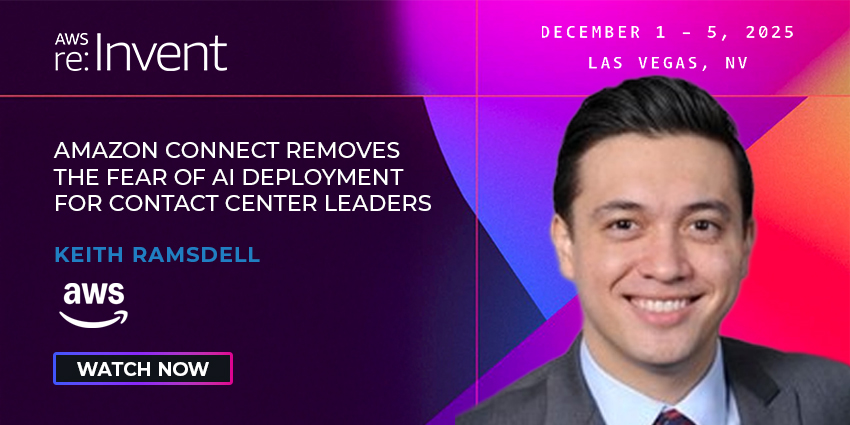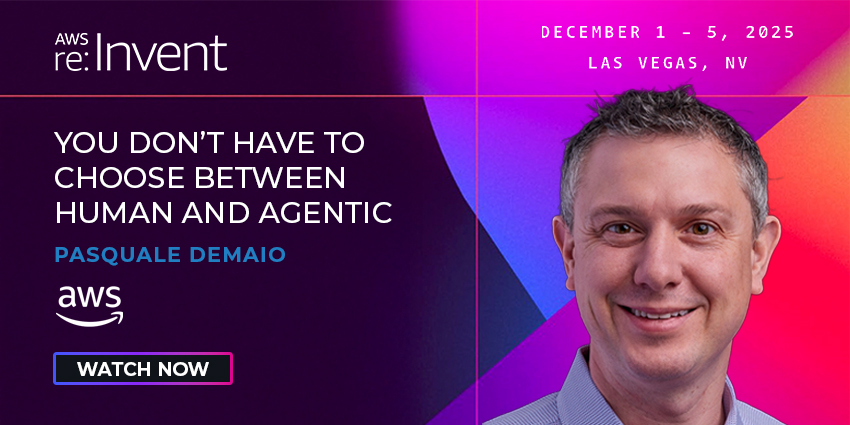Local councils have to manage escalating demand and growing expectations from an ever-expanding user base. As digitalisation accelerates they’re dealing with an ever more connected public who want to be able to engage at any time, from anywhere, on any device.
According to Jeremy Payne, VP of Alliances, Enghouse Interactive, “From the council perspective, this means implementing digital self-service communications channels that enable residents to interact in a way that suits them best.
“It requires careful planning. Too many channels can result in confusion. Poorly-thought-through processes exacerbate problems by causing mistakes that increase call volumes, and time and effort spent untangling issues and concerns”

So it’s essential that councils understand exactly what their customers want from any interaction, before adding new channels to the wrong process. As Payne continues, “councils should look at the top five citizen journeys within their authority, prioritise them and get them working efficiently, using technology where appropriate.
“It sounds easy but interdepartmental cultural friction can be the biggest problem. Once you start layering in technology, people start to become defensive – ‘what does this mean for my job?’”
And while self-service solutions are efficient, they might not be suitable for every user, and escalation paths can be needed at any point – with a route that captures the self-service context to avoid repetition.
“It’s a balance of how you shape the customer journey in the design process. You have got to build the escape hatches back to the contact centre. Residents need to be able to get the results they are looking for quickly and efficiently, rather than spending valuable time working through a complex process only to find that they have to abandon the interaction and start again”, Payne explains.
Building Connections
Connected customer service operations help agents resolve queries more rapidly, triaging to the right experts wherever they are located. “Agents must be able to access key information about local council services from a central knowledge base at the point of interaction with residents, a pathway, which they follow through, enabling them to provide help quickly and efficiently. Also AI-driven technologies can support this with active listening and information retrieval, effectively upscaling the agent in real time.”
The connected enterprise approach is also about organisation-wide collaboration in order to provide a better service to the public. As automation and self-service increases, what’s left are the messier edge-cases the customer cannot resolve for themselves. Now they’re calling their local council, and often, the only way the council can fix the problem is to collaborate – either within their organisation, sometimes with third-party suppliers and obviously with the citizen themselves.
How do you pull all those people together in a collective dialogue? Via email? Is it getting everyone together in a meeting room? Is it using a popular and fast-growing collaboration environment like Microsoft Teams? There are many options with varying benefits, and there need to be strategies in place to define this decision.
“Whatever the ultimate choice, the role of the frontline agent is likely to change”
“They will need new skills to handle different interactions and queries, to draw relevant information from the back office and from automated systems in order to provide a more informed service and answer queries more efficiently.”
Looking Ahead
Technology can bring far-reaching benefits across local government, but there is great pressure on councils to get it right – with mistakes attracting extensive public attention.
As councils implement new digital strategies, there will inevitably be challenges in the way, such as tight budgets and navigate complex legacy infrastructures. But as they evolve their service provision, local authorities can plot their own path by focusing on the experience residents have in engaging with them remains front and centre:
“They need to prioritise those top citizen journeys and get them working efficiently across the whole operation, with technology playing an appropriate and targeted supporting role. If they get that right, they will have gone a long way towards efficient and effective service provision that meets the needs of stakeholders and residents.” Payne concludes.







